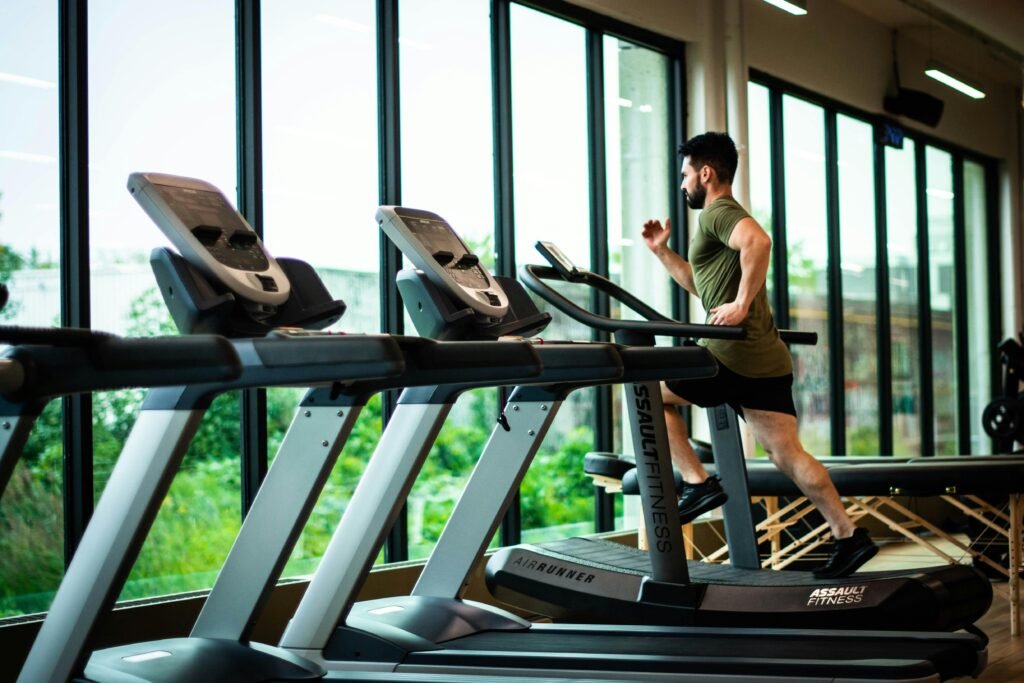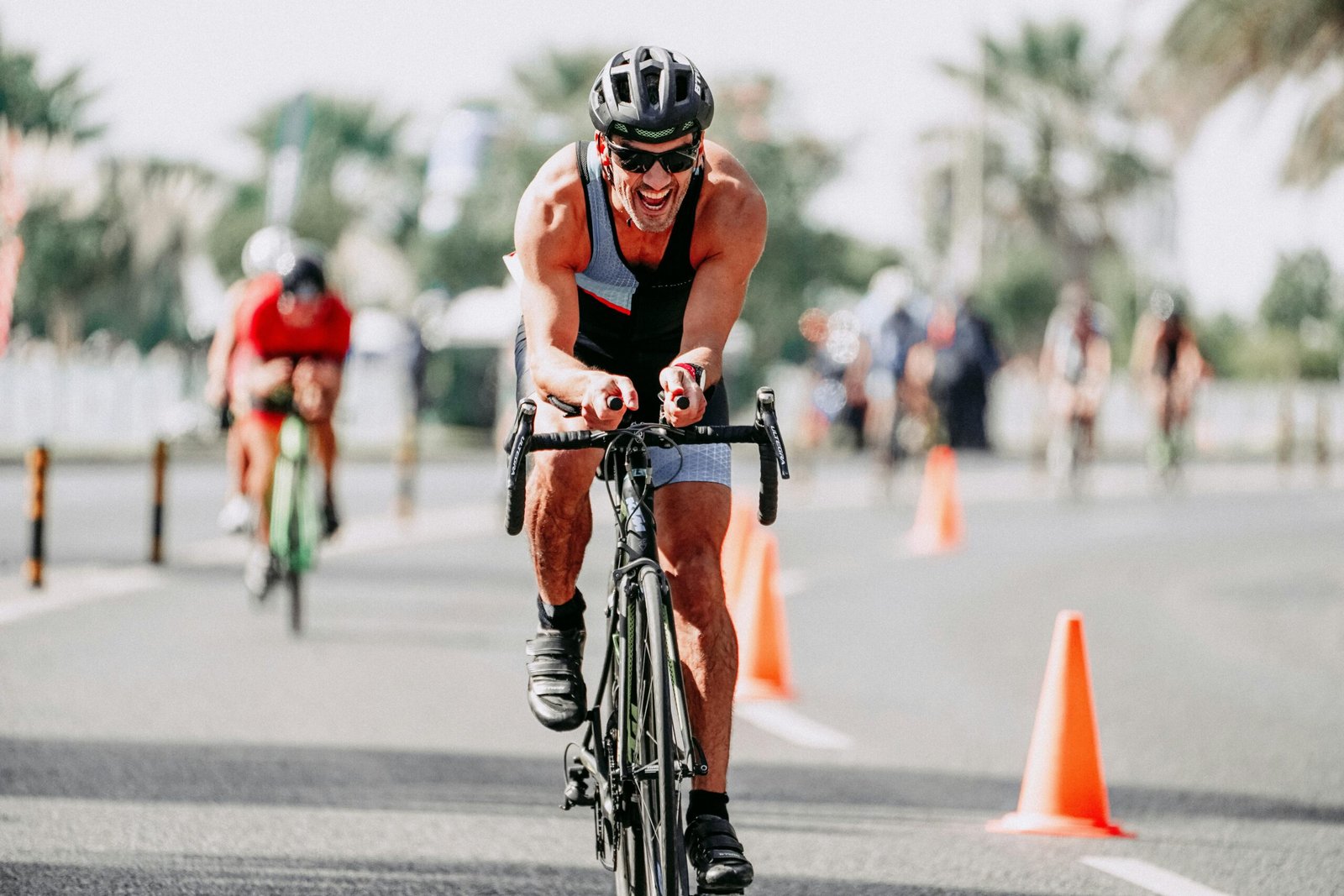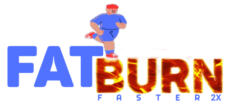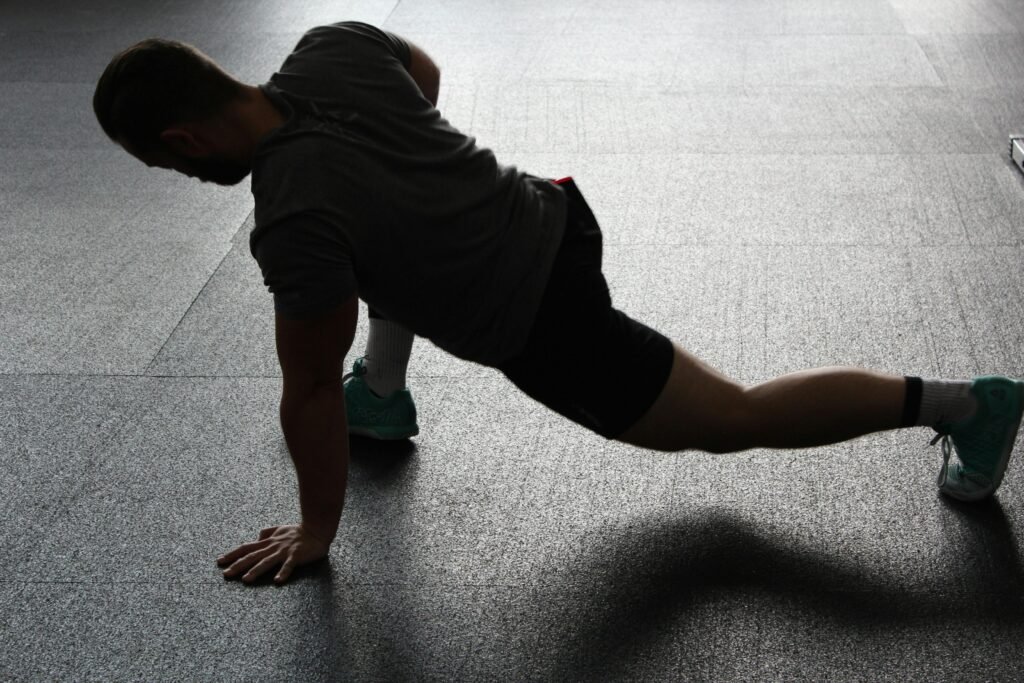When it comes to fitness, one of the most debated topics is can cardio kill muscle gain? As a fitness enthusiast, I’ve heard this question countless times. It’s a concern for many who strive to build muscle mass while also wanting to reap the cardiovascular benefits of aerobic exercise. Let’s dive into this topic and separate fact from fiction.

Understanding Cardio and Muscle Gain
Cardiovascular exercise, commonly known as cardio, includes activities like running, cycling, swimming, and brisk walking. These exercises are primarily designed to improve heart health, increase stamina, and burn calories. On the other hand, muscle gain, or hypertrophy, involves resistance training to increase muscle size and strength. At first glance, these two fitness goals might seem at odds, but can they coexist harmoniously?
👉The Science Behind Muscle Gain
Muscle growth, or hypertrophy, is a fascinating process driven by a combination of exercise, nutrition, and recovery. Understanding the science behind it can help optimize your training and achieve your fitness goals. Let’s break down how muscles grow and what you can do to support this process.
How Muscles Grow
- Muscle Damage
- Resistance Training: When you lift weights or engage in resistance training, you create small tears in your muscle fibers. This microtrauma is a crucial trigger for muscle growth.
- Eccentric Movements: Exercises involving lengthening of the muscle under tension, such as lowering a weight, are particularly effective at causing muscle damage.
- Inflammation and Repair
- Inflammatory Response: The body responds to muscle damage with inflammation, signaling the repair process. Immune cells like macrophages remove damaged tissue and release growth factors.
- Satellite Cells: These specialized cells are activated by muscle damage. They multiply and fuse with muscle fibers, contributing to muscle repair and growth.
- Muscle Protein Synthesis (MPS)
- Amino Acids: The building blocks of muscle, amino acids from dietary protein, are crucial for MPS. They help repair and rebuild muscle fibers, making them stronger and larger.
- mTOR Pathway: The mechanistic target of rapamycin (mTOR) is a key regulator of MPS. When activated by resistance training and protein intake, it promotes muscle growth.
- Hormonal Influence
- Testosterone: This hormone plays a significant role in muscle growth by enhancing MPS and increasing satellite cell activity.
- Growth Hormone and IGF-1: These hormones also support muscle growth by promoting protein synthesis and cell repair.
Factors Influencing Muscle Growth
- Training Variables
- Progressive Overload: Gradually increasing the weight, frequency, or intensity of your workouts challenges your muscles, promoting growth.
- Volume and Frequency: Higher training volume (total weight lifted) and frequency (how often you train a muscle group) are linked to greater hypertrophy.
- Nutrition
- Protein Intake: Consuming adequate protein is essential for muscle repair and growth. Aim for 1.6 to 2.2 grams of protein per kilogram of body weight per day.
- Caloric Surplus: To build muscle, you need to consume more calories than you burn. This surplus provides the energy required for muscle growth.
- Recovery
- Rest and Sleep: Muscles grow during rest, not during workouts. Ensure you get 7-9 hours of sleep per night and allow sufficient recovery time between workouts.
- Active Recovery: Light activities like walking or stretching can promote blood flow and aid recovery without stressing the muscles.
- Genetics
- Individual Differences: Genetics play a role in muscle growth potential, influencing factors like muscle fiber type distribution and hormonal response.
👉The Role of Cardio
Cardiovascular exercise, commonly known as cardio, is a staple in many fitness routines, and for good reason. Cardio plays a crucial role in burning calories, which can help with weight management, fat loss, and overall health. Let’s explore how cardio helps burn calories and the best practices to maximize its benefits.
How Cardio Burns Calories
- Increased Heart Rate
- Cardio activities such as running, cycling, swimming, and brisk walking elevate your heart rate. When your heart rate increases, your body works harder to pump blood and deliver oxygen to your muscles, leading to higher energy expenditure.
- Energy Expenditure
- Aerobic Exercise: During aerobic exercise, your body primarily uses oxygen to convert carbohydrates and fats into energy. This process burns calories and supports sustained activity.
- Metabolic Rate: Cardio temporarily boosts your metabolic rate, meaning you continue to burn calories even after the exercise session is over. This phenomenon, known as excess post-exercise oxygen consumption (EPOC), is particularly pronounced after high-intensity cardio workouts.
- Fat Utilization
- Cardio helps mobilize and utilize fat stores for energy. As your body becomes more efficient at using fat for fuel, it can contribute to overall fat loss, especially when combined with a balanced diet.

Can Cardio Kill Muscle Gain?
The Myth of Muscle Loss
One of the most persistent myths in the fitness world is that cardiovascular exercise (cardio) inevitably burns muscle gain. This belief often deters individuals from incorporating cardio into their routines, fearing it will undermine their hard-earned muscle mass. However, the reality is more nuanced. Let’s explore the truth behind this myth and understand how cardio can coexist with muscle-building efforts.
Debunking the Myth
Calorie Deficit Concerns
The primary concern with cardio is that it can create a calorie deficit, which might hinder muscle growth. While it’s true that an extreme calorie deficit can lead to muscle loss, moderate cardio does not inherently cause muscle breakdown. Here’s why:
- Energy Balance: As long as you maintain a caloric surplus or adequate caloric intake, moderate cardio will not strip away muscle.
- Type of Cardio: Low to moderate-intensity cardio, when balanced with proper nutrition and resistance training, can complement muscle-building efforts without significant muscle loss.
Impact on Muscle Protein Synthesis
Cardio can increase muscle protein breakdown, but this is only a problem if protein synthesis does not outpace breakdown. Adequate protein intake and resistance training ensure that protein synthesis remains higher than breakdown, supporting muscle growth.
Hormonal Influence
- Cortisol: Intense, prolonged cardio can elevate cortisol levels, a catabolic hormone that can contribute to muscle breakdown. However, with proper management of workout intensity and duration, this effect can be minimized.
- Testosterone and Growth Hormone: Resistance training boosts levels of anabolic hormones like testosterone and growth hormone, which aid in muscle growth. Balancing cardio with strength training helps maintain these hormone levels.
Finding the Balance
The key to combining cardio and muscle gain is finding the right balance. Here are some tips to help you achieve both:
- Moderation is Key: Incorporate cardio sessions that complement your resistance training without overdoing it. For instance, 20-30 minutes of moderate cardio a few times a week can enhance your cardiovascular health without sabotaging your muscle-building efforts.
- Timing Matters: Consider when you do your cardio. Some studies suggest that doing cardio and resistance training on separate days or at least several hours apart can help optimize muscle gain. If you prefer to do both on the same day, try to lift weights first when your muscles are fresh.
- Nutrition and Recovery: Ensure you’re eating enough to support both your cardio and resistance training. Focus on a balanced diet rich in protein, healthy fats, and carbohydrates. Recovery is also crucial, so prioritize rest and sleep to allow your muscles to repair and grow.
- Choose the Right Type of Cardio: Not all cardio is created equal. Low-impact activities like walking, swimming, or cycling at a moderate pace can provide cardiovascular benefits without excessive muscle fatigue. High-intensity interval training (HIIT) can also be effective and time-efficient, but be cautious not to overdo it.
Real-Life Examples
Case Study 1: The Endurance Athlete
Take the example of a marathon runner who wants to incorporate strength training. They can still maintain their endurance training while building muscle by carefully managing their nutrition and ensuring they’re not in a significant calorie deficit. By focusing on compound movements like squats and deadlifts, they can build functional strength that supports their running without compromising muscle mass.
Case Study 2: The Bodybuilder
A bodybuilder aiming to add some cardio for heart health and fat loss can do so without sacrificing muscle gains. By incorporating low to moderate-intensity cardio sessions on rest days or after weight training, they can keep their heart healthy and improve muscle definition.
Common Mistakes to Avoid
- Overtraining: Doing too much cardio on top of intense weight training can lead to overtraining, which can hinder muscle recovery and growth. Listen to your body and ensure you’re getting adequate rest.
- Neglecting Nutrition: Failing to consume enough calories and protein can prevent muscle gain, regardless of how much weight you lift. Track your food intake and adjust based on your activity level.
- Skipping Strength Training: Some people focus too much on cardio and neglect resistance training altogether. To build and maintain muscle, resistance training should be a cornerstone of your fitness routine.
The Role of HIIT
High-Intensity Interval Training (HIIT) has gained popularity for its efficiency and effectiveness. HIIT involves short bursts of intense exercise followed by brief periods of rest. This type of cardio can burn a significant number of calories in a short time, making it appealing for those with busy schedules.
Pros of HIIT for Muscle Gain
- Time-Efficient: HIIT workouts are typically shorter, leaving more time for strength training.
- Increases EPOC: Excess post-exercise oxygen consumption (EPOC) means you burn more calories even after the workout is over.
- Muscle Preservation: HIIT can help maintain muscle mass while burning fat, especially when combined with resistance training.
Cons of HIIT for Muscle Gain
- Recovery Demands: The intensity of HIIT can be taxing on the body, requiring adequate recovery to prevent overtraining.
- Potential for Overtraining: If not managed carefully, combining HIIT with heavy resistance training can lead to overtraining and muscle fatigue.

Practical Tips for Balancing Cardio and Muscle Gain
Plan Your Week
Create a balanced workout schedule that includes both cardio and resistance training. For example:
- Monday: Strength training (upper body)
- Tuesday: Moderate-intensity cardio (30 minutes)
- Wednesday: Strength training (lower body)
- Thursday: HIIT cardio (20 minutes)
- Friday: Strength training (full body)
- Saturday: Low-intensity cardio (walking or swimming)
- Sunday: Rest or active recovery (yoga or stretching)
Listen to Your Body
Pay attention to how your body responds to different types of exercise. If you feel excessively fatigued or notice a decrease in strength, it may be time to adjust your routine or focus more on recovery.
Adjust Based on Goals
Your fitness goals will dictate how much cardio and resistance training you need. If your primary goal is muscle gain, prioritize strength training and use cardio to support overall health and conditioning.
Success Stories
Story 1: Alex the CrossFitter
Alex loves CrossFit, which combines strength training and cardio. By focusing on nutrition and recovery, he has successfully built muscle while maintaining excellent cardiovascular health. His routine includes weightlifting sessions followed by short, intense cardio workouts.
Story 2: Sarah the Fitness Enthusiast
Sarah enjoys running but also wants to build muscle. She incorporates three days of strength training and three days of moderate running into her routine. By eating a balanced diet rich in protein and getting enough rest, she has achieved a lean and muscular physique.
Conclusion: Cardio and Muscle Gain Can Coexist
So, can cardio exercise kill muscle gain? The answer is nuanced. While excessive cardio can potentially hinder muscle growth if it leads to a calorie deficit and overtraining, moderate cardio combined with proper nutrition and recovery can support overall fitness and enhance muscle definition. The key is balance. By strategically incorporating cardio into your routine and prioritizing strength training, you can achieve both cardiovascular health and muscle gain.
Remember, fitness is a personal journey. What works for one person might not work for another. Experiment with different types of cardio, listen to your body, and adjust your routine based on your goals and how you feel. With the right approach, cardio and muscle gain can go hand in hand, leading to a healthier, stronger you.
Happy training! 💪🏃♂️




Pingback: How Cardio Burns Fat: The Science Behind Shedding Pounds - Fat Burn Faster 2x